
Believe my experience as a phytopathologist: absolutely healthy plants do not exist. Moreover, in most cases, the infection is complex, i.e. on one plant, you can note several different diseases.
For example, on rose bushes in late summer, it is easy to see many lesions with the naked eye: common cancer, bacterial cancer of stems, infectious burn of stems, gray rot of shoots, leaves, buds, powdery mildew of young shoots with leaves, leaf spots (peronosporosis, purple, Septoria), rust of leaves. Add aphids, leaf-eating caterpillars, snails, cicadas, spider mites, and the now fashionable thrips, which simply does not open the buds, and the picture of your rose garden will be quite complete.
A plant protection specialist can walk through any garden and say so many nasty things about everything growing in it that it will not seem enough.
What is the danger of diseases and where do they come from
Any spots cause premature leaf fall, and young shoots go into winter unripe, which reduces their winter hardiness. The fashionable disease of conifers-Schutte-also begins with harmless brown spots on the needles, and ends in a deplorable way: withering and falling needles, which makes form conifers completely lose their decorative properties.

Necrosis of the bark leads to the drying of shoots, individual skeletal branches, shtambov and whole plants. Because of neglected cancer ulcers, wood dies and trees wither, and if beautiful fruit bodies of tinder appear on the trunks, then the stem rot has already gone so far that the trees will soon have to be cut. Do not be happy if in your garden on the stumps or on the ground grow pollen: this is a symptom of neglected root rot, which kills and will continue to dry up tree species and ornamental shrubs.
Think about whether it makes sense to keep virus-infected plants in the garden, not blooming, with deformed organs? You feel sorry for them, but they infect the neighbors. In old gardens of the disease accumulated over the years and decades. At first, we did not notice the damage to plants, then we basically refused to spray them – they say, let the most persistent survive, and there are so many chemicals around. Then the mass of brown leaves began to fall, bushes began to wither, and tree species affected by trunk rot began to fall from the strong wind.

Often the disease get into the garden from infected planting material. Domestic nurseries and farms have been experiencing distress in recent decades due to material difficulties – what kind of plant protection is there, to survive. But many trading firms offer deliberately infected material, as they take it in foreign nurseries at bargain prices.
How to protect your garden
What is the protection of your plants from diseases? First of all, this is the use for planting only healthy planting material of any plants — from bulbous to woody species. Secondly, compliance with all agrotechnical requirements of the selected decorative, flower or berry culture. Third-mandatory phytosanitary cleaning of individual infected branches, removal of dead plants, removal and burning of all plants with symptoms of viral infection. Fourth – disinfection of cuts, wounds, ulcers with copper vitriol (3-5%) and smearing with oil paint on natural drying oil. And last – carrying out preventive and eradication sprays with fungicides to suppress the development of pathogenic microorganisms.
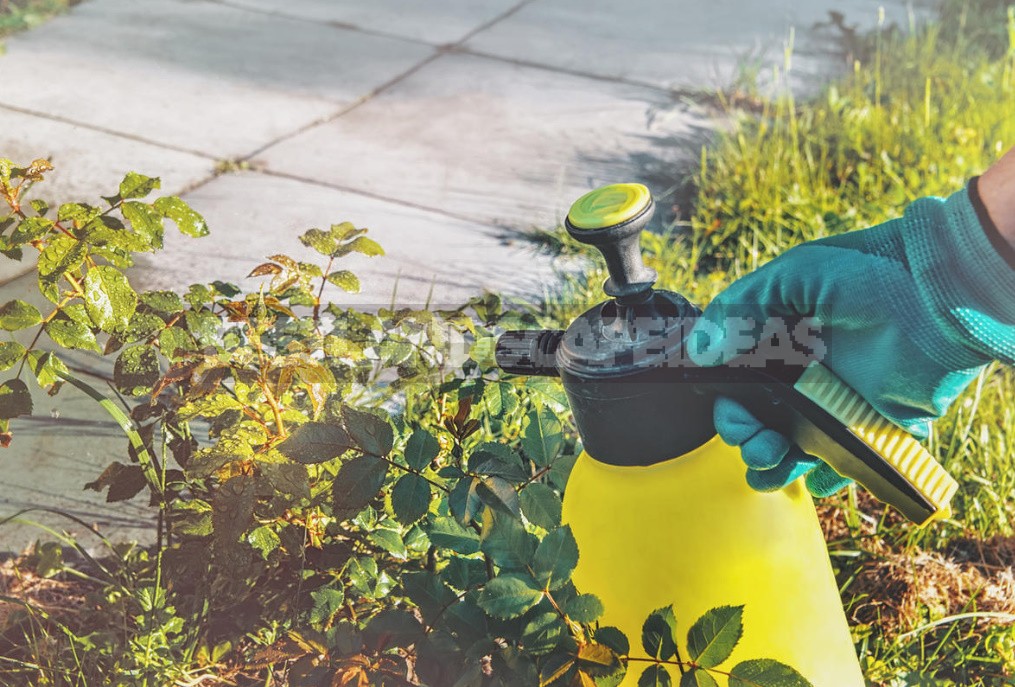
Most pathogens overwinter, i.e. they remain in the form of fungi and special fruit bodies in the bark of branches and strains. Carrying out preventive spring spraying during budding with a Bordeaux mixture or copper oxychloride will reduce the spread of diseases such as stem rot, bark necrosis, monilialny burn, spots, and plaque in your garden. If the plants are strongly infected, spraying with these drugs is repeated several times with an interval of 10-14 days. But do not forget that flowering plants are not sprayed!
Against powdery mildew, Cumulus and colloidal sulfur are recommended for all crops (except gooseberries); Topaz is recommended for roses, potted plants, strawberries, currants, gooseberries, peaches and grapes. If there is a strong manifestation of leaf spots, spraying has to be carried out at the end of summer or between the waves of flowering — for example, in roses or already faded plants.
In our gardens there are a lot of decorative and berry crops, and fruit. Therefore, you should take into account the waiting time of the drug, i.e. the time after the last treatment before removing the berries. Do not forget about other regulations – the concentration of the working solution and the multiplicity of permitted treatments.
The protection of individual plants and the entire garden is entirely in your hands, and it is up to you which garden you save for your children.
What are the diseases of plants
Disease is a violation of the normal activity of the plant organism under the influence of adverse environmental conditions or under the influence of pathogenic microorganisms-fungi, bacteria, viruses. All protective measures always begin with agricultural cultivation techniques, i.e. with the restoration of conditions for the normal development of plants.
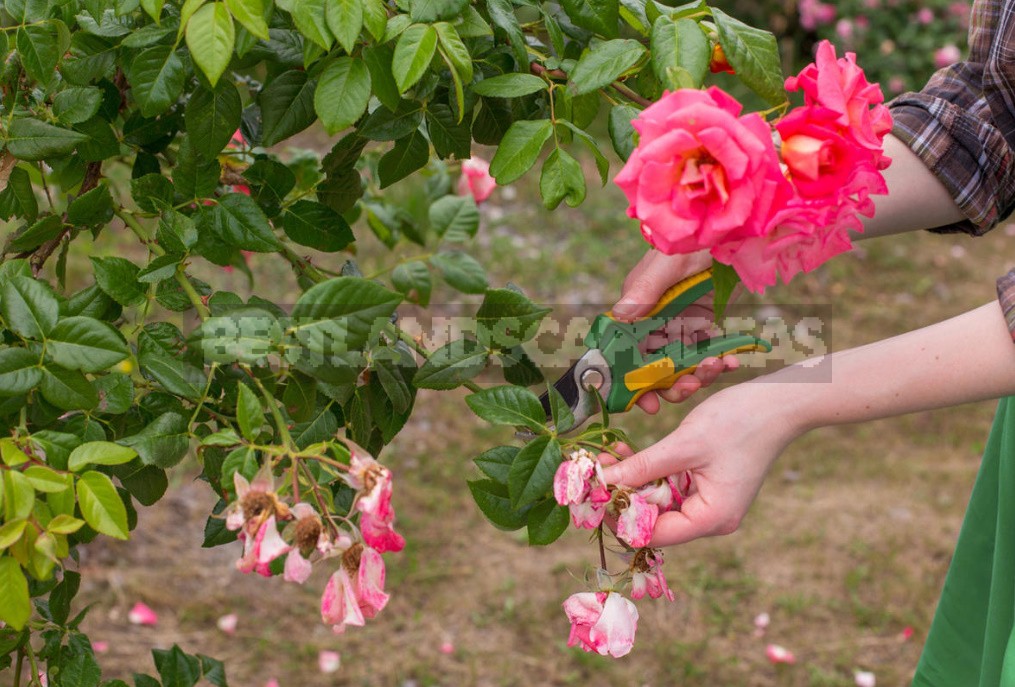
All changes in the normal growth of plants associated with violations of cultivation are attributed to non-infectious diseases, and the spread of fungi, bacteria, viruses, nematodes – infectious diseases.
Non-communicable plant diseases
Violation of water balance, lack of nutrients, mismatch of soil indicators, improper planting, insufficient illumination, exposure to low temperatures, lack of care – all these factors (or even one of them) cause a violation of the physiological functions of the plant and lead to a delay in development.

Most often, this is manifested in a weak growth of shoots, crushing of leaves and needles, chlorotic, the appearance of marginal necrosis on leaf blades, strong drying of branches of the lower tier and the death of many plants.
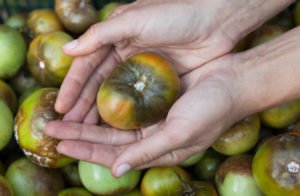
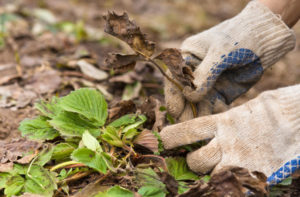
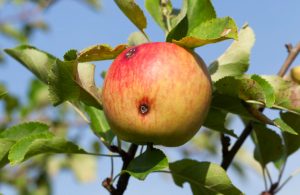
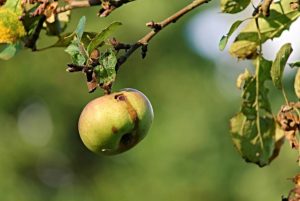
Leave a Reply